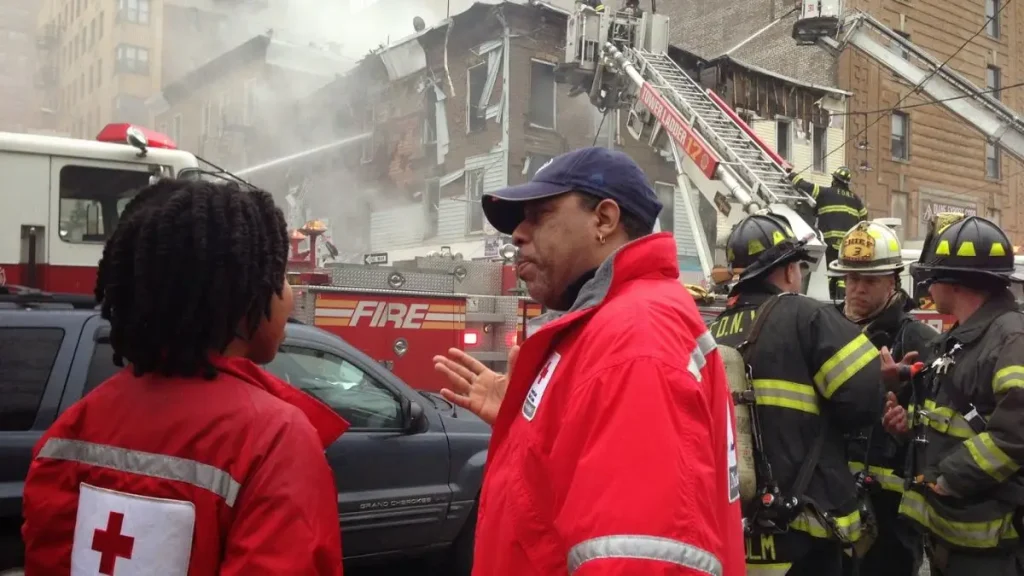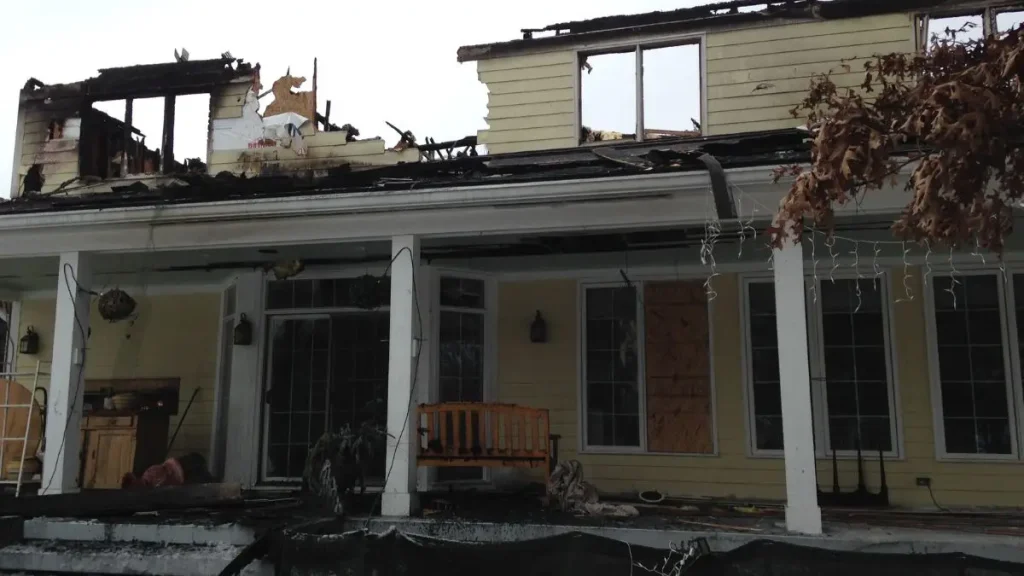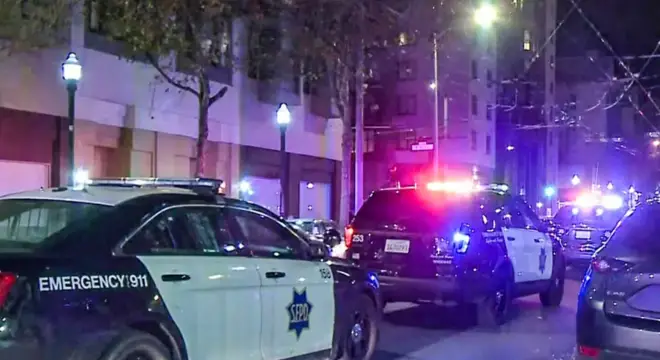Buffalo Home Fire Displaces 7 People — Red Cross Offers Critical Support
I’ve seen house fires before. But when you hear about seven people—including two children—losing their home on a quiet Sunday evening, it hits different.
The fire broke out just before 8 p.m. at 42 Garner Avenue, right in Buffalo’s Upper West Side. According to the Buffalo Fire Department, flames started on the attic floor of a two-and-a-half-story home. The structure was fully occupied.
It didn’t spread far thanks to a fast response, but the damage was still serious—$40,000 to the building, and another $20,000 to everything inside. For the five adults and two kids now displaced, that’s not just numbers. That’s clothes, beds, maybe school supplies, maybe photos they’ll never get back.
The Red Cross has stepped in with emergency aid. But the bigger impact—emotional, financial, even psychological—will linger for a while.
And as a homeowner or renter, it makes you think: Would I be ready if this happened to me?
Have you ever checked your attic wiring or tested your smoke alarms recently? Let me know in the comments—because too many of us wait until it’s too late.
What Sparked the Fire? Inside the Investigation
You and I both know that attic fires don’t just happen. There’s always a reason—faulty wiring, stored items overheating, or something as small as a spark in the wrong spot.
According to WGRZ, the fire started on the floor of the attic. Thankfully, it was confined to that area, which tells me the fire crews acted quickly. But right now, the exact cause is still under investigation.
If you’re like me, you probably store off-season stuff in the attic—boxes, decorations, even old electronics. But here’s the thing: Attics are dry, often poorly ventilated, and packed with flammable material. One small fault is enough to light it up.
Take this as a wake-up call. If you haven’t looked at your attic wiring, or you’re using it to store appliances or batteries, now’s the time to rethink it.
Red Cross Steps In: Emergency Support for the Displaced

I always wonder what happens to families after the fire trucks leave. In this case, it’s comforting to know the American Red Cross didn’t waste time.
They’re now helping all seven displaced residents—five adults and two children—with essentials like temporary shelter, clothes, food, and emotional support. The Red Cross doesn’t just hand over supplies—they assign caseworkers to help families start the long process of recovery: insurance, health checks, mental health support, even temporary housing if needed.
You may think, “They’ll be fine, insurance will cover it.” But that’s not always true. Most people I talk to in situations like this are left dealing with paperwork, stress, and uncertainty for weeks, even months.
So here’s something worth remembering: If you ever experience something similar, or know someone who does, call the Red Cross first. They’re not just for disasters on the news—they show up for people like you and me.
Just days earlier, a Bristol fire left a home with major damage, showing how quick response still can’t prevent significant loss in older homes.
Life Disrupted: The Families Behind the Headlines
When I hear about numbers—“seven displaced,” “$60K in damage”—it’s easy to forget we’re talking about real lives. Two kids just lost their bedrooms. Five adults now have no idea where they’ll sleep next week.
I don’t have their names or their stories yet. But I’ve covered enough of these fires to know what families go through. School clothes gone. Medications lost. Important documents like IDs, birth certificates—up in smoke. One minute you’re cooking dinner, the next you’re watching everything you’ve built vanish behind fire tape.
And let’s be honest: If this happened to your family tonight, how ready would you be?
This isn’t just news—it’s a reminder that behind every fire report is a mother, a teenager, maybe a grandparent, trying to hold it together when the cameras leave.
If you’ve ever faced a home fire—or even a close call—how did you deal with it emotionally or financially? Drop a comment below. Your story might help someone else feel less alone.
Fire Safety in Attics: A Hidden Hazard Most of Us Ignore
I’ll be the first to admit—attics are the most ignored part of the house. Mine’s dusty, cluttered, and I haven’t checked the wiring in years. Sound familiar?
But after seeing another attic fire like this, I’m telling you—it’s time we stop treating attics like harmless storage rooms.
Here’s what you and I should look out for:
- Old or exposed wiring (especially if your home is over 20 years old)
- Insulation that sits too close to light fixtures or outlets
- Overloaded extension cords or hidden power strips
- Signs of rodents—they chew wires and create fire risks
If you’re using your attic to store cardboard boxes, space heaters, or battery packs, you could unknowingly be creating the perfect setup for a fire.
Set a reminder this week: Go up there. Do a quick check. Or better—get a licensed electrician to inspect it annually.
Because the truth is, attic fires don’t start big. But they spread fast—and they always catch families off guard.
In another incident, a New Kensington apartment fire displaced residents from multiple units—pointing again to the growing frequency of residential emergencies.
Buffalo’s Fire Pattern: A Larger Crisis We’re Not Talking About

This wasn’t an isolated fire—and you probably feel that too. Over the past few months, Buffalo has seen a troubling string of house fires.
Just last week, a blaze in White Center displaced multiple residents, and a separate incident in West Jordan killed four people. The Red Cross has responded to three different house fires in just one day recently in Western New York alone.
I’ve noticed a pattern: older homes, colder months creeping in, and infrastructure that hasn’t kept up. Attic fires, electrical faults, heating-related issues—they’re becoming more common than we want to admit.
So if you’re a homeowner in Buffalo or any older Northeast city, think about this: When was the last time you checked your home’s fire preparedness? Do you have working detectors in all levels? Is your family’s escape route clear and practiced?
Because while news crews move on, these fires are becoming part of a larger, growing issue—and it might hit closer to home than you expect.
Similar patterns were seen in a recent Raleigh house fire where firefighters battled intense flames to rescue two people, tragically losing a family pet.
How You Can Help the Families—or Stay Protected Yourself
Look, most of us feel helpless when we hear stories like this. A house fire, a family displaced, kids losing their beds and books—it’s heartbreaking. But here’s the thing: there is something you and I can do.
If you want to directly support families affected by house fires in Buffalo, the American Red Cross of Western New York is your best starting point. They’re not just handing out blankets—they’re walking people through trauma recovery, step by step. You can donate, volunteer, or even just share their safety resources in your neighborhood WhatsApp group or building society.
And if you’re thinking, “Well, what can I really do?” — let’s bring it closer to home.
Here’s a quick checklist that I’ve personally started using in my own house:
- Test all smoke alarms (especially near attics and basements)
- Make sure every family member knows how to get out in under 2 minutes
- Don’t overload extension cords—especially in hidden spots
- Clear the attic of flammable clutter (old papers, cardboard boxes, loose batteries)
Even one of these steps could save a life. Yours. Or someone you love.
Want to explore more real stories and safety lessons from recent house fires? Visit our Home Incidents section for detailed reports and expert advice.
Disclaimer: This article is based on publicly available information and news reports at the time of writing. Details may evolve as investigations continue. For emergency support, please contact your local fire department or the American Red Cross.


